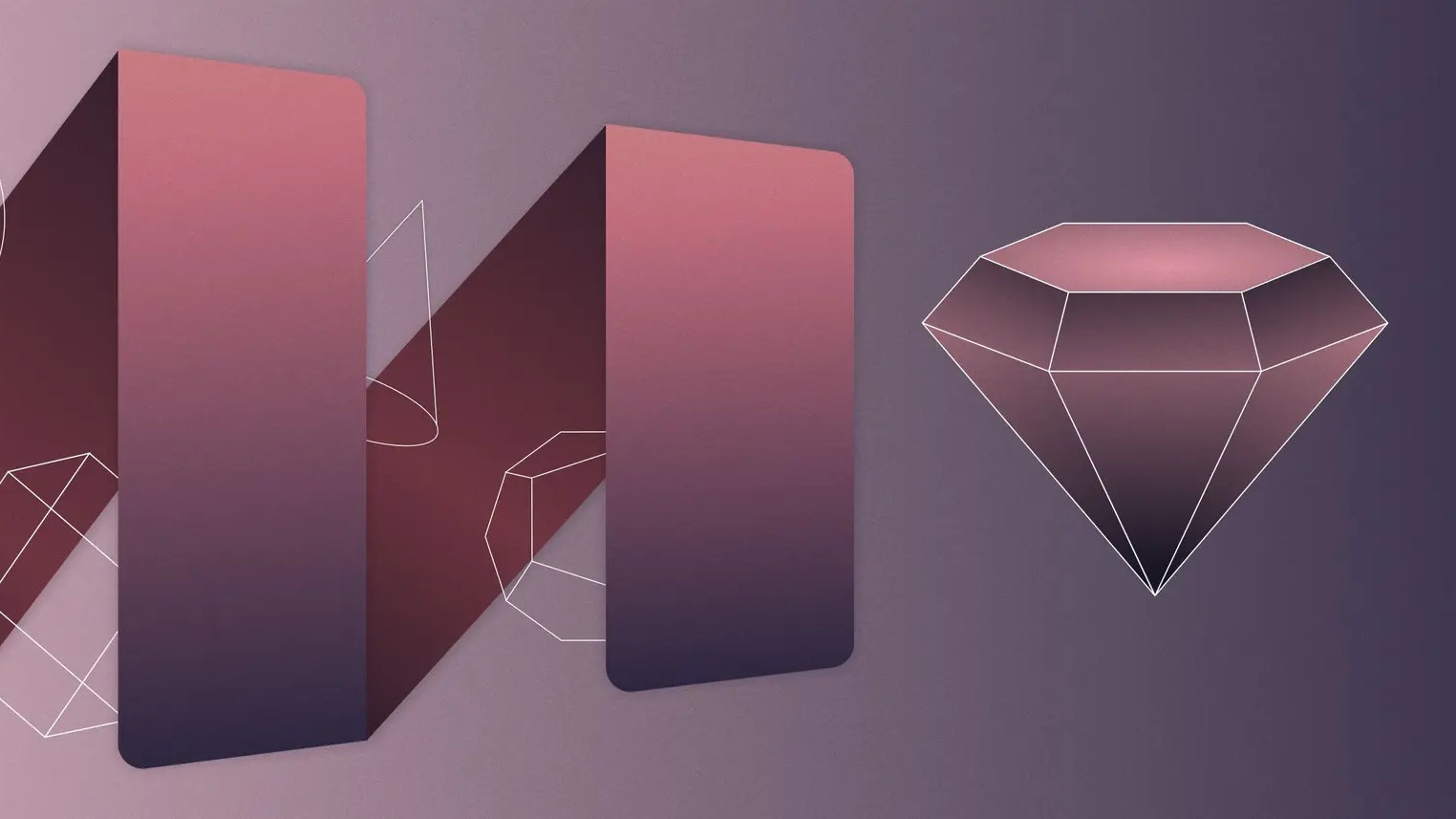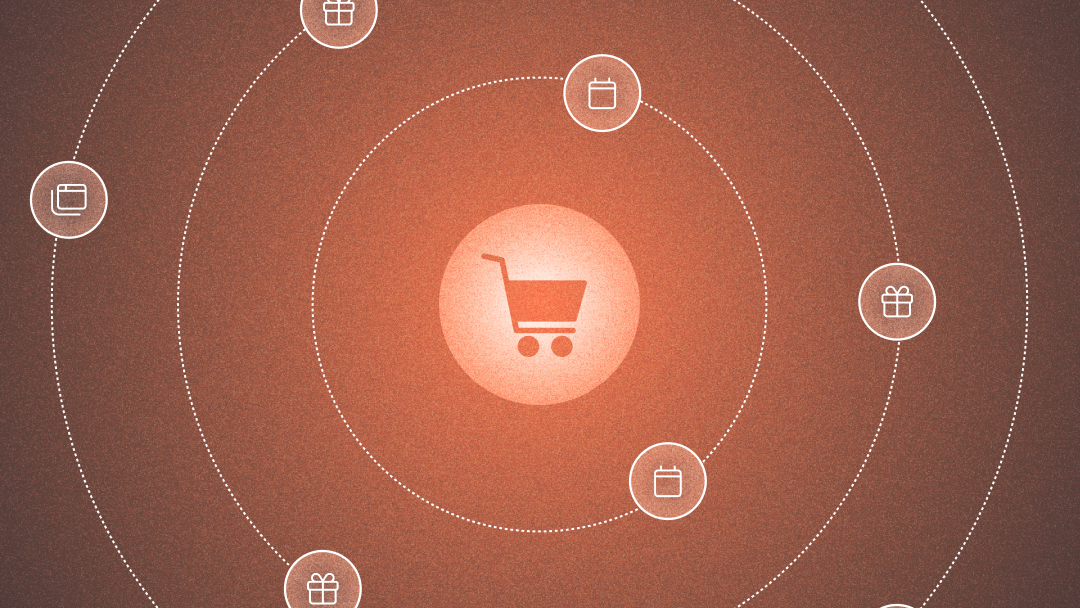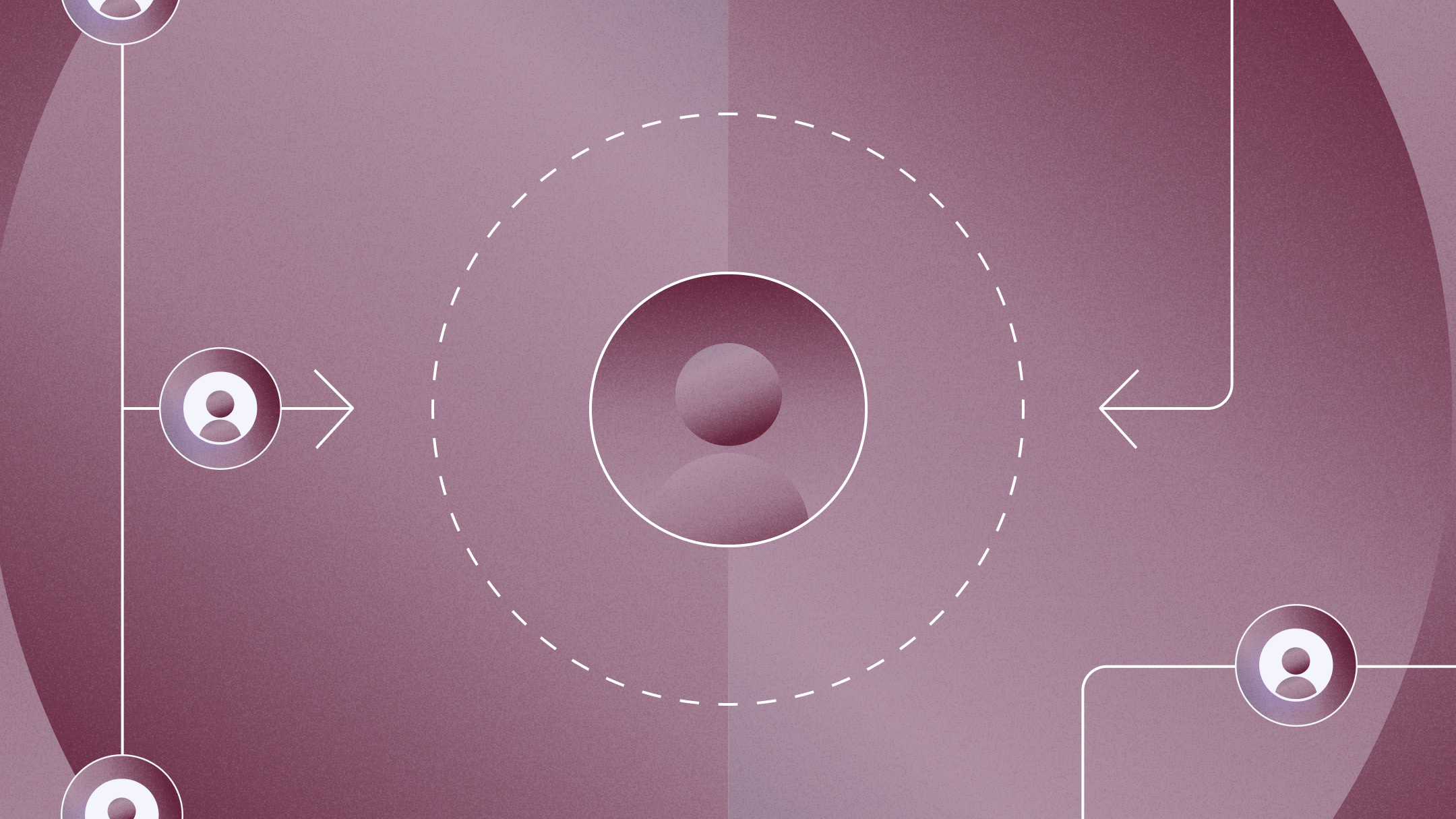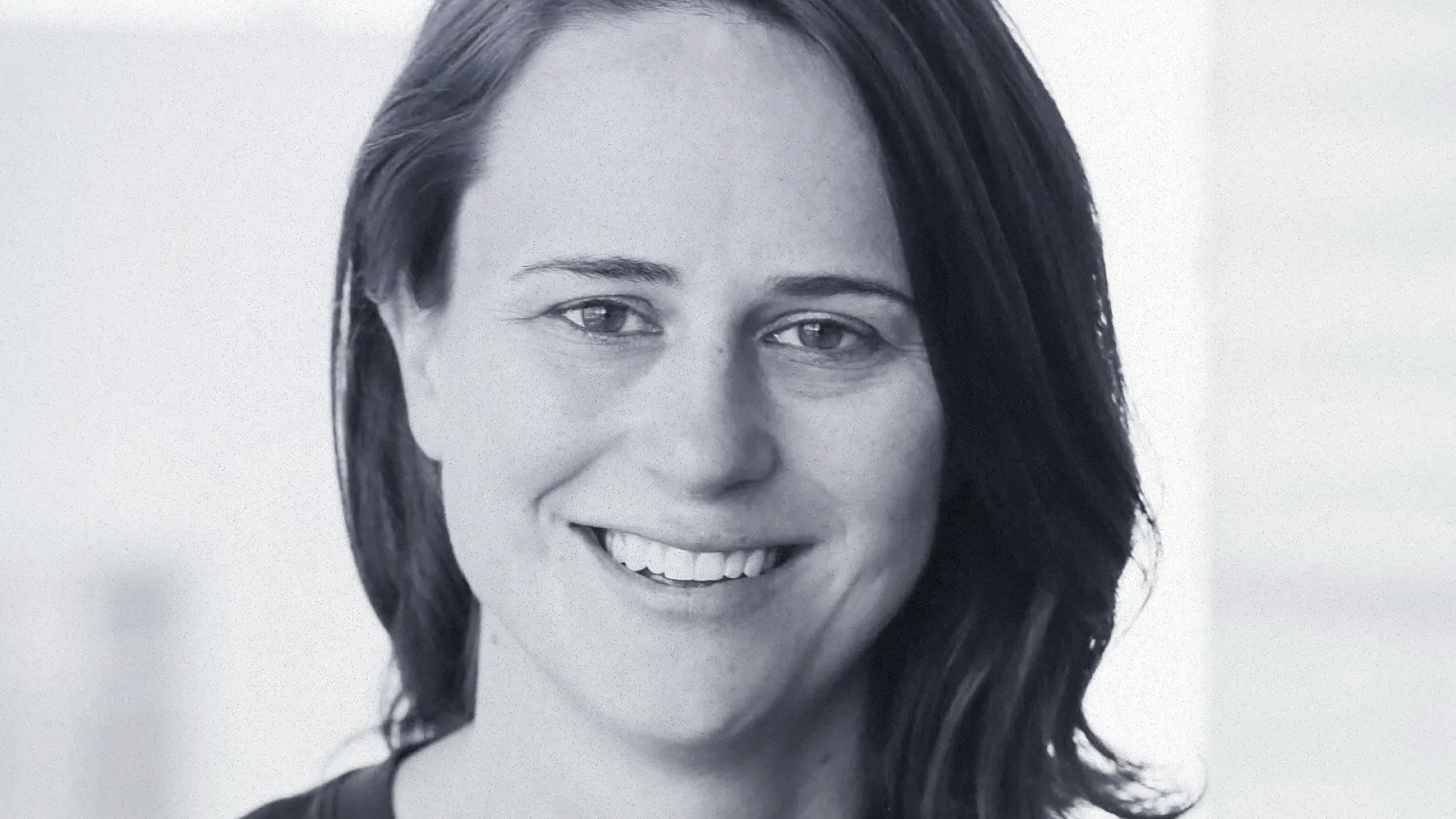Reducing acquisition pipeline and optimizing for product-prospect fit

Co-founder and CRO of HockeyStack.
As a founder, I’m often thinking about how to gain new customers. But until recently, I was also bought into this idea that the quantity of leads was one of the biggest markers of traction and growth — the more people we were getting into the pipeline, the greater our results would be.
The issue is that a focus on metrics like monthly qualified leads (MQLs) in SaaS without as much attention to long-term quality or product alignment puts you in a position where you’re rapidly driving signups at the risk of increased churn down the road. It comes from a place of equating company growth with increased demand or a spike in signups, forgetting to recognize that these signals, while seemingly indicative of positive growth, could also just be false cues — confusing positive initial reception with adoption and representing users that won’t actually stick around long after signup.
Recently, my team at HockeyStack decided to radically change how we thought about customer acquisition, purposefully decreasing our pipeline by 50% in favor of seeking out product-prospect fit, or a strong alignment between high-value prospects and our product offering. Our goal here was to tighten up our funnel, qualifying prospects based on criteria that our top users had in common.
The result? Since decreasing our pipeline about three months ago, we’ve seen a 35% growth in monthly closed revenue MoM (compared to 15–20% MoM growth the quarter before that). Here, I break down why and how we did it.
What are the benefits of reducing your acquisition pipeline?
Clearly based on our experience, one of the obvious arguments for reducing pipeline is that not only will it not slow you down, but it could actually boost your growth, which is something we saw in practice. But here are a couple of other reasons it’s worth experimenting with:
It protects your time and resources
The bigger your company gets, the more of an appetite you can have for risk — you’re raising more money and have more capital to work with, which means you can afford to test and waste time more than a smaller startup. But regardless of company stage, this strategy of reducing pipeline to focus on the best-fit customers is ultimately a play of efficiency and competence. It helps you protect your team’s time and energy without sacrificing performance.
One example we saw was with our engineering resources. Prior to adopting this approach to customer acquisition, we were often bringing users on board that weren’t really suited to our product — at least not in its current state. So what would happen is we’d close a deal on the acquisition side, but then these customers would start requesting tools and features that weren’t a part of our product yet. So it runs the risk of wasting engineering resources to meet user demand when the reality is that our product in its current state would be a huge asset to the right customer, though maybe not for every customer.
So by focusing on that product-prospect fit instead, we could protect our engineers’ time and could also do the same for our sales team, who could now focus on the deals that matter versus chasing higher quotas.
It builds brand evangelists
Another casualty of poor product-prospect fit is that you’re often setting yourself up for a less-than-ideal customer experience. Focusing on a prospect's alignment with your current product at the acquisition stage helps guarantee that the customers you bring on are going to have success with your product. This makes them stickier, and it creates an opportunity for word-of-mouth referrals, whereby each satisfied customer could recommend your product or services within their networks.
Founders and startup leaders usually talk to peers at companies similar to their own, so if you can create that circle of best-fit customers, you create something of a flywheel effect where they’ll then go out and help find even more.
And on the flip side, this pointed approach to acquisition also eliminates the inverse scenario — where you’re bringing on customers who aren’t a good fit for your product, and the result is a poor experience, churn, and potentially negative word-of-mouth.
How to reduce your acquisition pipeline for better product-prospect fit
Adjusting your acquisition strategy in the interest of going after best-fit customers requires building a strategy that works backward from your current customer base. In our case, we broke it down into four main steps:
Understand your best-fit customer
Figuring out how to build a tighter acquisition funnel around the highest quality prospect for your company starts with understanding who those customers actually are. To identify trends, we imported our available customer data into a Google spreadsheet and then sorted by customer value. We then tried to look for the patterns in both the quantitative and qualitative data — things like team size, our communication history and previous touchpoints with them, etc. What we found was that our top five customers (measured by customer success qualitative feedback as well as ACV) were similar in three main areas:
- Total team size
- Operations team size
- Marketing operations team size
- Marketing spend
Knowing that information, we could then create a formula that we could use to assess other potential deals and determine whether they would likely be successful with our product.
Identify current weak spots in your funnel
Figuring out where to make changes in the funnel starts with understanding where the biggest drop-offs and disconnects are. For us, our acquisition funnel is broken into a few main stages: 1. A demo request on our website, 2. Automatic qualification based on a number of core criteria (team size, region, etc.), and 3. Sales team qualification.
When we looked at how people moved through our acquisition funnel, we saw that about 70% of deals that make it to the third stage of our funnel are then qualified by the sales team. The biggest disconnect, however, was between the number of people requesting a demo on our website and the number of created deals we were seeing. This was largely because a lot of the customers making it to the demo request form on our site weren’t fitting into some of our minimum requirements, like having a marketing team of at least five.
Adjust your top-of-funnel targeting
Recognizing where the disconnects in our funnel were and understanding what our best-fit customers look like, we began adding requirements around things like team size and industry (gleaned from our trend assessment) to decrease our inbound pipeline. By tightening that targeting, we were able to increase the number of people actually making it from stage one (demo request) to stage two (automatic qualification) of our acquisition funnel.
By identifying where the weaker areas of your acquisition funnel are, you can understand how to adapt your strategy to focus on a more concentrated prospect pool with higher chances of success at the end. And focusing on driving fewer site visitors in the early stages of your acquisition funnel while prioritizing the right site visitors means you can increase conversions while cutting costs on pay-per-click traffic.
Conduct customer interviews
As you work on refining your acquisition pipeline, a lot of the process will be trial and error to find the sweet spot. Finding ways to extract insights and learnings at any stage of the process is valuable in continuing to iterate and refine your acquisition strategies.
For us, we’ve found that customer interviews are a valuable final stage in our process as we’ve reduced pipeline. Each time we close a new customer, we now reach out to them and do a quick 15 or 20-minute call where we’ll talk through some of the questions that came up during the sales process, as well as some of the other companies they were evaluating. This helps us get a better understanding of why they ended up choosing us. We can then combine this qualitative data with more of the formulaic targeting to continue refining what our best-fit customer looks like — and what our biggest selling points to those customers are.
About the author
Emir Atli is the co-founder and CRO of HockeyStack, an end-to-end attribution tool that helps B2B companies glean valuable insights and better understand marketing ROI.



